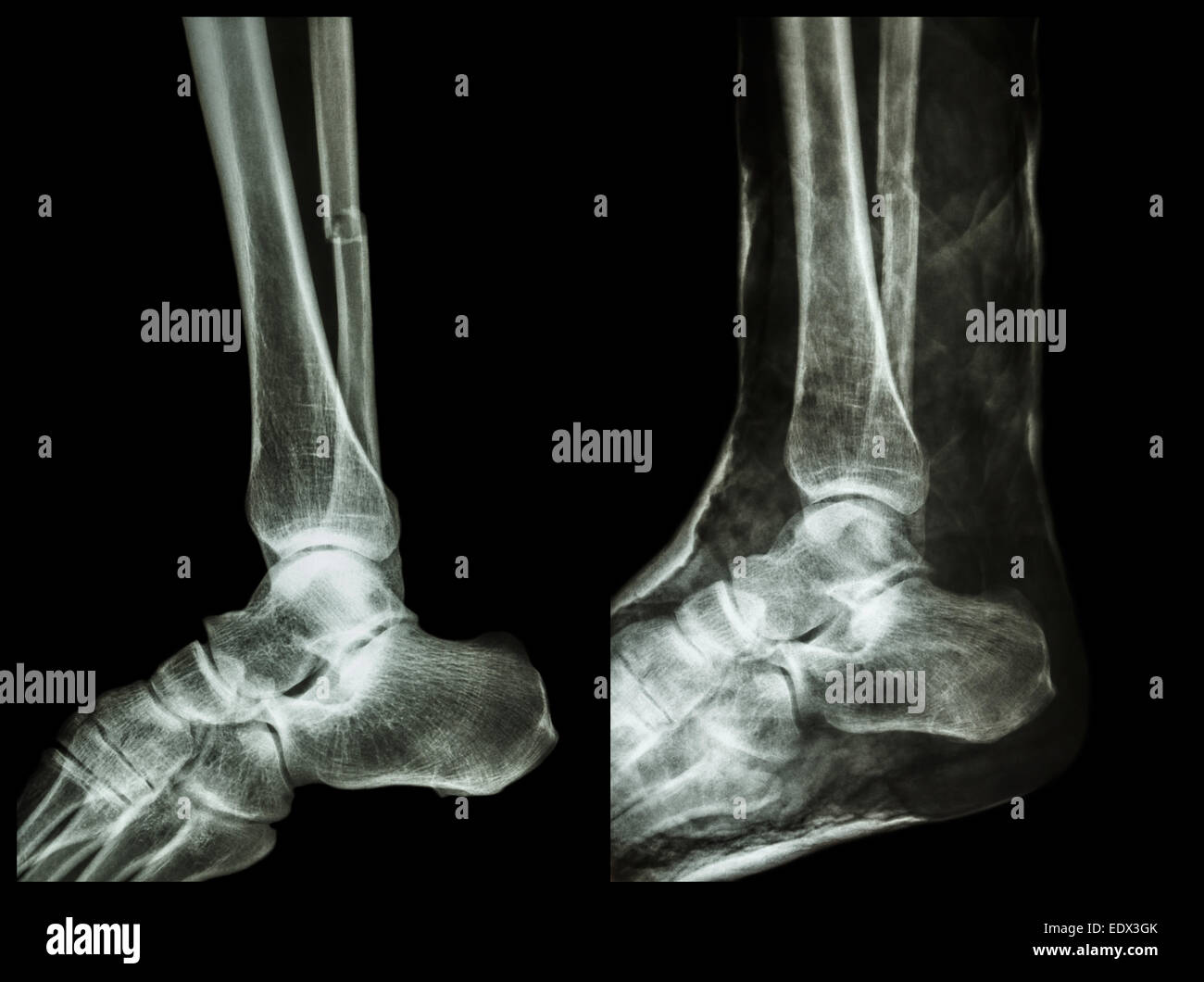

If the soft tissues (skin and muscle) around your fracture are badly damaged, or if it will take time before you can tolerate a longer surgery because of health reasons, your doctor may apply a temporary external fixator. In this event, a temporary external fixator may be applied to support the limb until the soft tissues recover and surgery can safely be performed.Įxternal fixation.
#Broken tibia and fibula cast skin
Soon after an accident, the injured skin and soft tissues may be further harmed by surgery. Early surgical treatment will cleanse the fracture surfaces and soft tissues to lessen the risk of infection. If the skin is broken and there is an open wound, the underlying fracture may be exposed to bacteria that might cause infection. In such cases, surgical treatment may only expose these individuals to its risks (anesthesia and infection, for example). Medical concerns or pre-existing limb problems might make it unlikely that the individual will benefit from surgery.

In other individuals, however, surgery may be of limited benefit. In an active individual, restoring the joint through surgery is often appropriate because this will maximize the joint's stability and motion, and minimize the risk of arthritis. When planning treatment, your doctor will consider several things, including your expectations, lifestyle, and medical condition. The preferred treatment is accordingly based on the type of injury and the general needs of the patient. Whether to have surgery is a combined decision made by the patient, the family, and the doctor. There are benefits and risks associated with both forms of treatment. This damage to the surface of the bone may result in improper limb alignment and, over time, may contribute to arthritis, instability, and loss of motion.Ī proximal tibia fracture can be treated nonsurgically or surgically. The impact often causes the cancellous bone to compress and remain sunken, as if it were a piece of styrofoam that has been stepped on. Fractures that involve the tibial plateau occur when a force drives the lower end of the thighbone (femur) into the soft bone of the tibial plateau, similar to a die punch. The top surface of the tibia (the tibial plateau) is made of cancellous bone, which has a honeycombed appearance and is softer than the thicker bone lower in the tibia. These types of fractures are called intra-articular or tibial plateau fractures. Sometimes these fractures extend into the knee joint and separate the surface of the bone into a few (or many) parts. Reproduced and modified from Bono CM, Levine RG, Juluru PR, Behrens FF: Nonarticular proximal tibia fractures: treatment options and decision making.


 0 kommentar(er)
0 kommentar(er)
